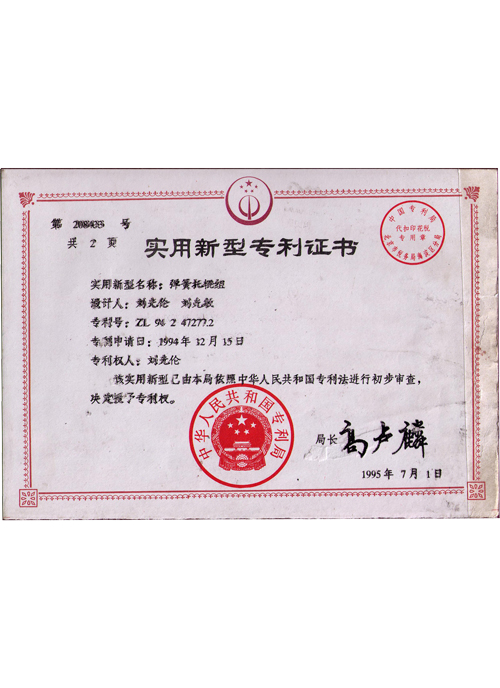 Afrikaans
Afrikaans  Albanian
Albanian  Amharic
Amharic  Arabic
Arabic  Armenian
Armenian  Azerbaijani
Azerbaijani  Basque
Basque  Belarusian
Belarusian  Bengali
Bengali  Bosnian
Bosnian  Bulgarian
Bulgarian  Catalan
Catalan  Cebuano
Cebuano  Corsican
Corsican  Croatian
Croatian  Czech
Czech  Danish
Danish  Dutch
Dutch  English
English  Esperanto
Esperanto  Estonian
Estonian  Finnish
Finnish  French
French  Frisian
Frisian  Galician
Galician  Georgian
Georgian  German
German  Greek
Greek  Gujarati
Gujarati  Haitian Creole
Haitian Creole  hausa
hausa  hawaiian
hawaiian  Hebrew
Hebrew  Hindi
Hindi  Miao
Miao  Hungarian
Hungarian  Icelandic
Icelandic  igbo
igbo  Indonesian
Indonesian  irish
irish  Italian
Italian  Japanese
Japanese  Javanese
Javanese  Kannada
Kannada  kazakh
kazakh  Khmer
Khmer  Rwandese
Rwandese  Korean
Korean  Kurdish
Kurdish  Kyrgyz
Kyrgyz  Lao
Lao  Latin
Latin  Latvian
Latvian  Lithuanian
Lithuanian  Luxembourgish
Luxembourgish  Macedonian
Macedonian  Malgashi
Malgashi  Malay
Malay  Malayalam
Malayalam  Maltese
Maltese  Maori
Maori  Marathi
Marathi  Mongolian
Mongolian  Myanmar
Myanmar  Nepali
Nepali  Norwegian
Norwegian  Norwegian
Norwegian  Occitan
Occitan  Pashto
Pashto  Persian
Persian  Polish
Polish  Portuguese
Portuguese  Punjabi
Punjabi  Romanian
Romanian  Russian
Russian  Samoan
Samoan  Scottish Gaelic
Scottish Gaelic  Serbian
Serbian  Sesotho
Sesotho  Shona
Shona  Sindhi
Sindhi  Sinhala
Sinhala  Slovak
Slovak  Slovenian
Slovenian  Somali
Somali  Spanish
Spanish  Sundanese
Sundanese  Swahili
Swahili  Swedish
Swedish  Tagalog
Tagalog  Tajik
Tajik  Tamil
Tamil  Tatar
Tatar  Telugu
Telugu  Thai
Thai  Turkish
Turkish  Turkmen
Turkmen  Ukrainian
Ukrainian  Urdu
Urdu  Uighur
Uighur  Uzbek
Uzbek  Vietnamese
Vietnamese  Welsh
Welsh  Bantu
Bantu  Yiddish
Yiddish  Yoruba
Yoruba  Zulu
Zulu types of pulley in conveyor belt
Types of Pulleys in Conveyor Belts
Conveyor belts are indispensable in various industries, facilitating the efficient movement of materials across different distances and elevations. A critical component of these systems is the pulley. Pulleys support and guide the conveyor belt, and they play a pivotal role in its operation. Understanding the different types of pulleys used in conveyor belts is essential for optimizing performance and ensuring longevity. This article delves into the various types of pulleys commonly employed in conveyor systems.
1. Drive Pulley
The drive pulley, also known as the motorized pulley, is a fundamental component of any conveyor belt system. Its primary function is to provide motion to the conveyor belt. Typically located at the head of the conveyor, the drive pulley is connected to a motor that powers the belt's movement. Drive pulleys are crucial for maintaining belt tension and ensuring smooth transportation of materials. They are often made from robust materials like steel to withstand the dynamic loads exerted during operations.
2. Idler Pulley
Idler pulleys do not provide power; instead, they support the tension of the conveyor belt. Strategically placed throughout the conveyor system, idler pulleys help to maintain proper tracking of the belt, reduce sagging, and minimize the risk of belt misalignment. They are essential for ensuring that the belt runs smoothly around the system, helping to distribute the weight of the transported materials evenly along the conveyor. Idler pulleys can be fixed or adjustable, which allows for fine-tuning of the belt tension.
types of pulley in conveyor belt

Return pulleys are typically found at the tail end of the conveyor system. Their main function is to support the conveyor belt as it returns to the drive pulley after delivering its load. This type of pulley helps to keep the conveyor belt taut and ensures that it runs consistently without slippage. Return pulleys are usually equipped with a series of rollers that help guide the belt back into position after it has completed its cycle.
4. Snub Pulley
The snub pulley is a small pulley that is used to create a tighter contact angle between the conveyor belt and the drive pulley. By increasing this angle, the snub pulley enhances the grip between the belt and the drive pulley, improving the power transmission capabilities of the system. This type of pulley also helps to minimize slippage, particularly in applications where heavy loads are involved. Snub pulleys are often adjustable to cater to different operational requirements.
5. Tail Pulley
The tail pulley is located at the opposite end of the drive pulley and is an essential component for maintaining the stability of the conveyance system. It helps support the weight of the entire belt and prevents sagging at the end of the conveyor. The tail pulley can also be used to assist in belt tensioning and tracking, ensuring the belt maintains its alignment during operation.
Conclusion
The efficiency of a conveyor belt system largely depends on the type and functionality of the pulleys employed. Understanding the various types of pulleys—drive pulleys, idler pulleys, return pulleys, snub pulleys, and tail pulleys—allows for better design, maintenance, and troubleshooting of conveyor systems. By selecting the appropriate pulley configuration, businesses can enhance material handling processes, thereby improving productivity and minimizing operational costs. As industries continue to evolve, the innovation of pulley designs will play a crucial role in optimizing conveyor belt systems for diverse applications.
-
Revolutionizing Conveyor Reliability with Advanced Rubber Lagging PulleysNewsJul.22,2025
-
Powering Precision and Durability with Expert Manufacturers of Conveyor ComponentsNewsJul.22,2025
-
Optimizing Conveyor Systems with Advanced Conveyor AccessoriesNewsJul.22,2025
-
Maximize Conveyor Efficiency with Quality Conveyor Idler PulleysNewsJul.22,2025
-
Future-Proof Your Conveyor System with High-Performance Polyurethane RollerNewsJul.22,2025
-
Driving Efficiency Forward with Quality Idlers and RollersNewsJul.22,2025





























